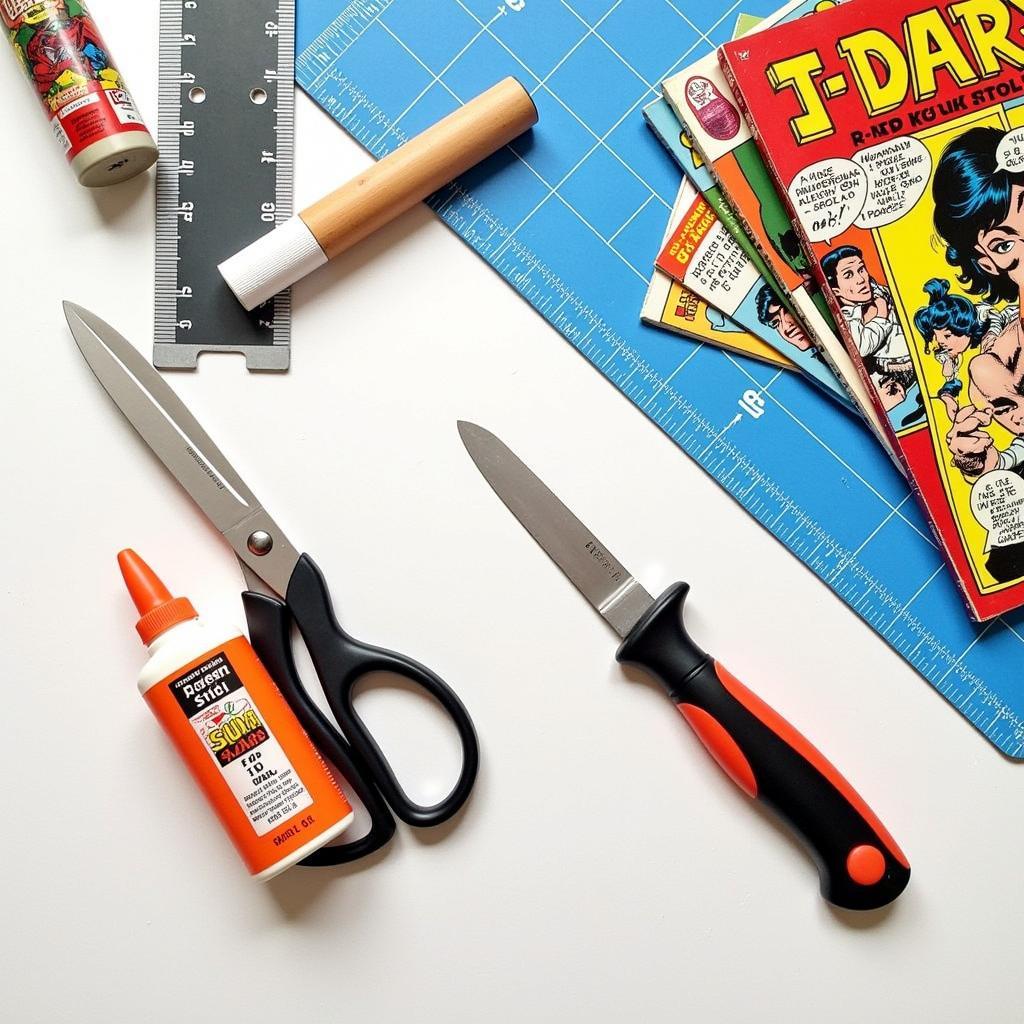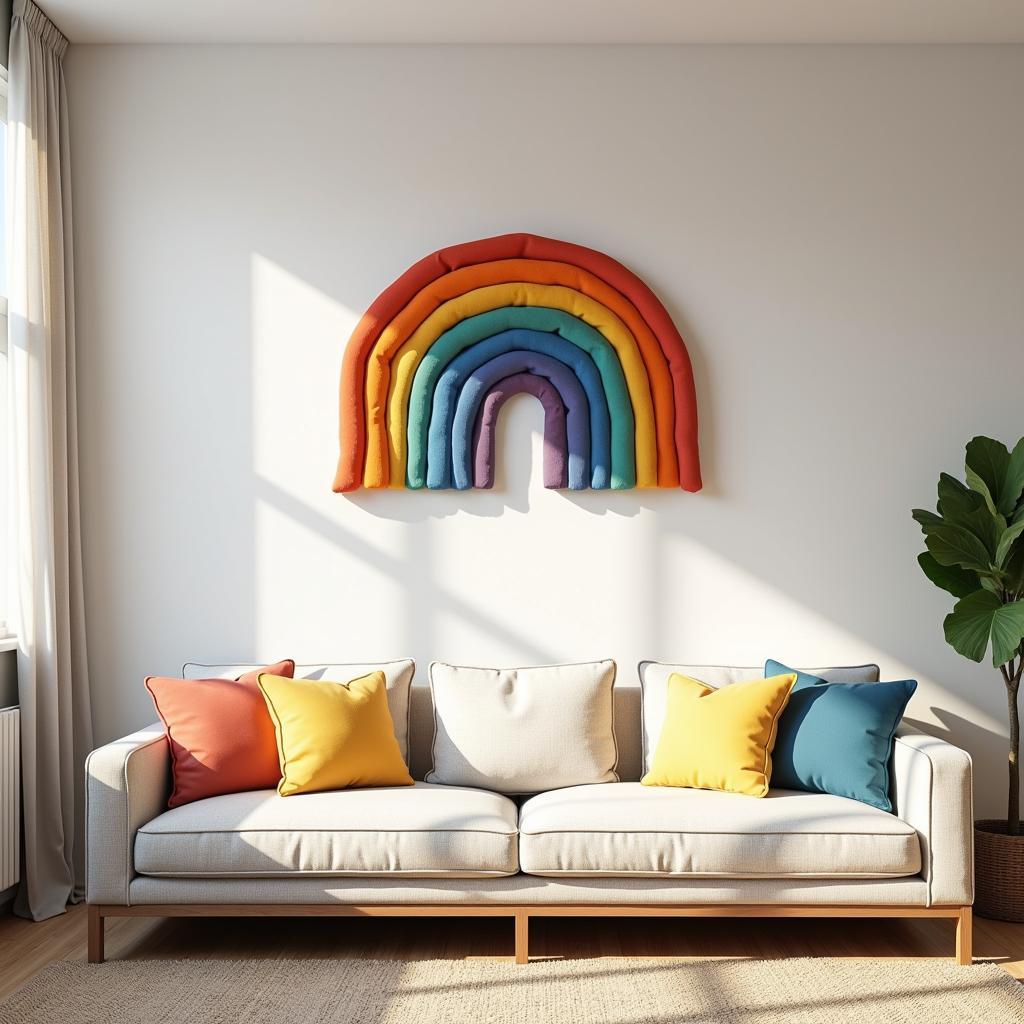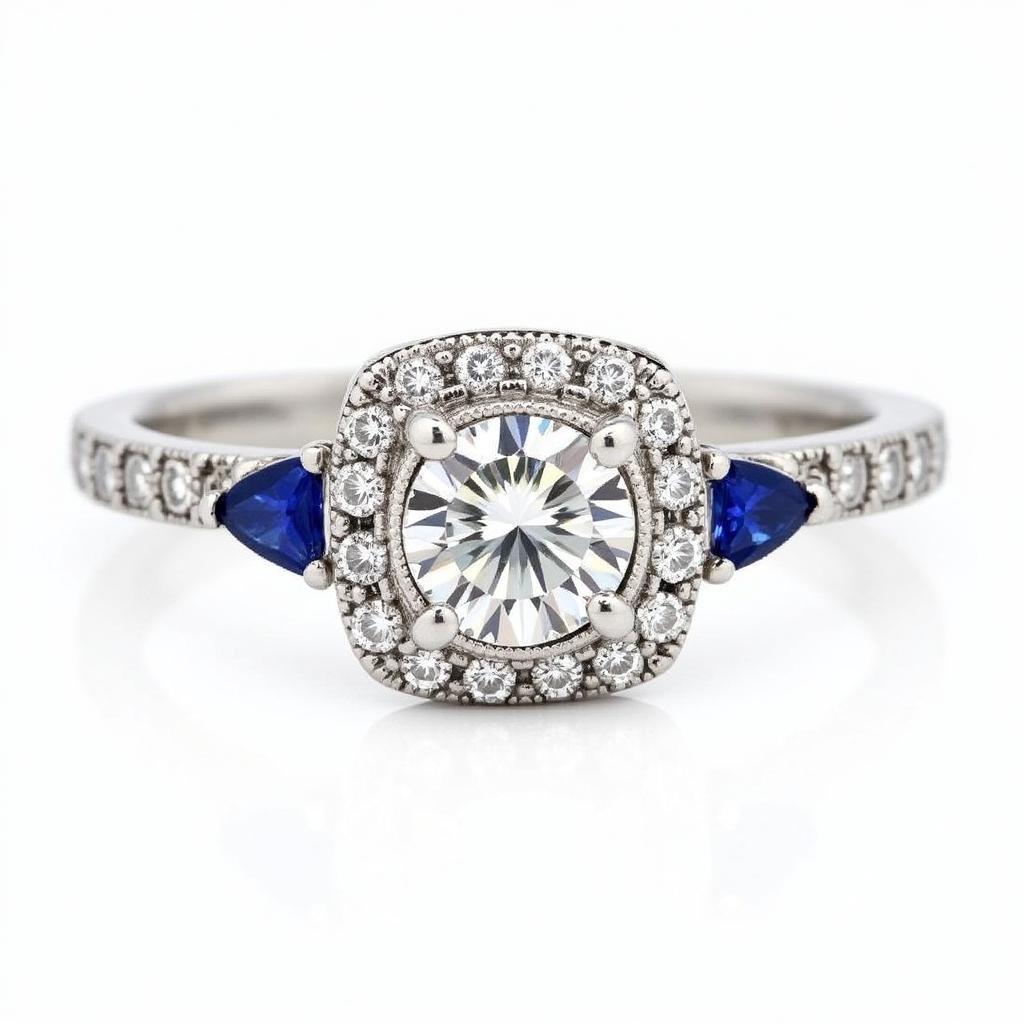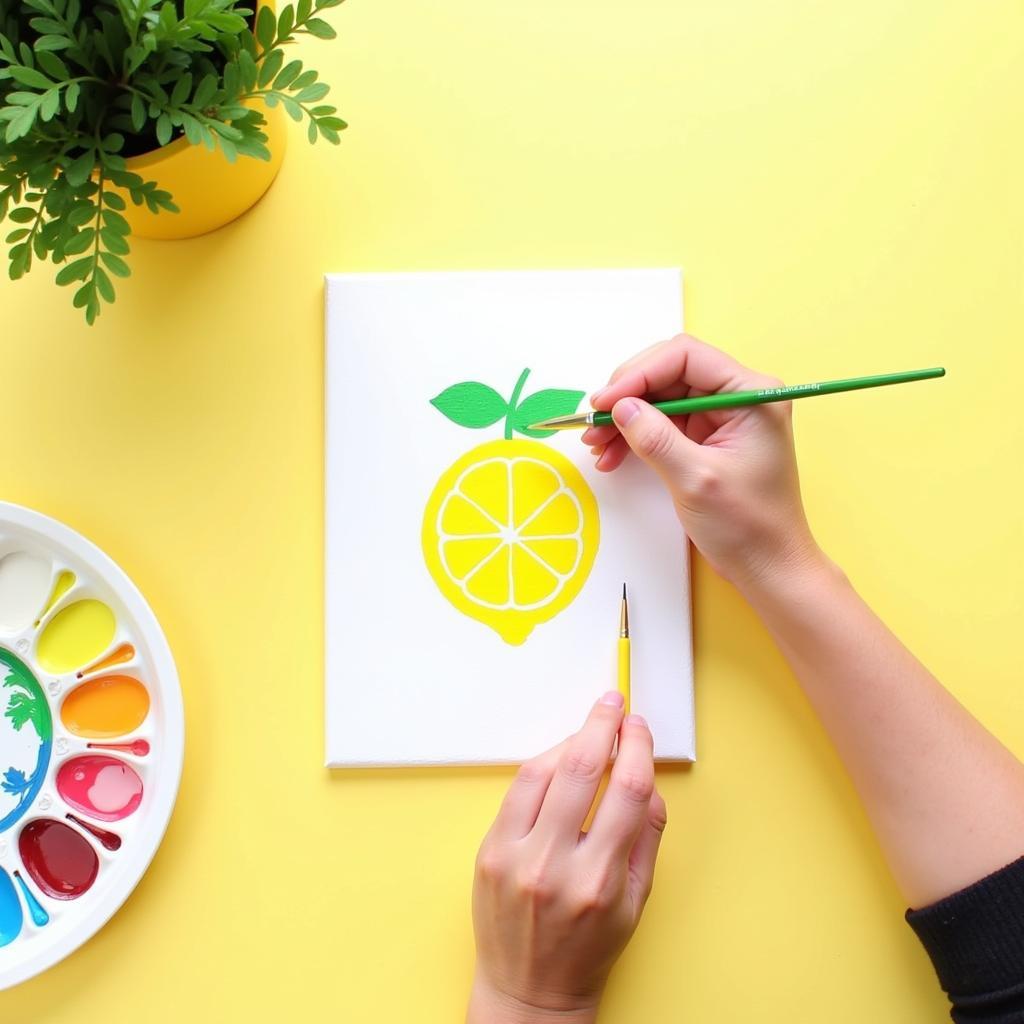Unlocking Creativity: A Beginner’s Guide to Watercolor Art Pens
Watercolor Art Pens are a fantastic way to explore the fluidity and vibrancy of watercolor painting with the precision and control of pen and ink. Whether you’re a seasoned artist or just starting your creative journey, these versatile tools can add a unique touch to your artwork. This guide will delve into the world of watercolor art pens, exploring their benefits, techniques, and inspiring ideas to unleash your artistic potential.
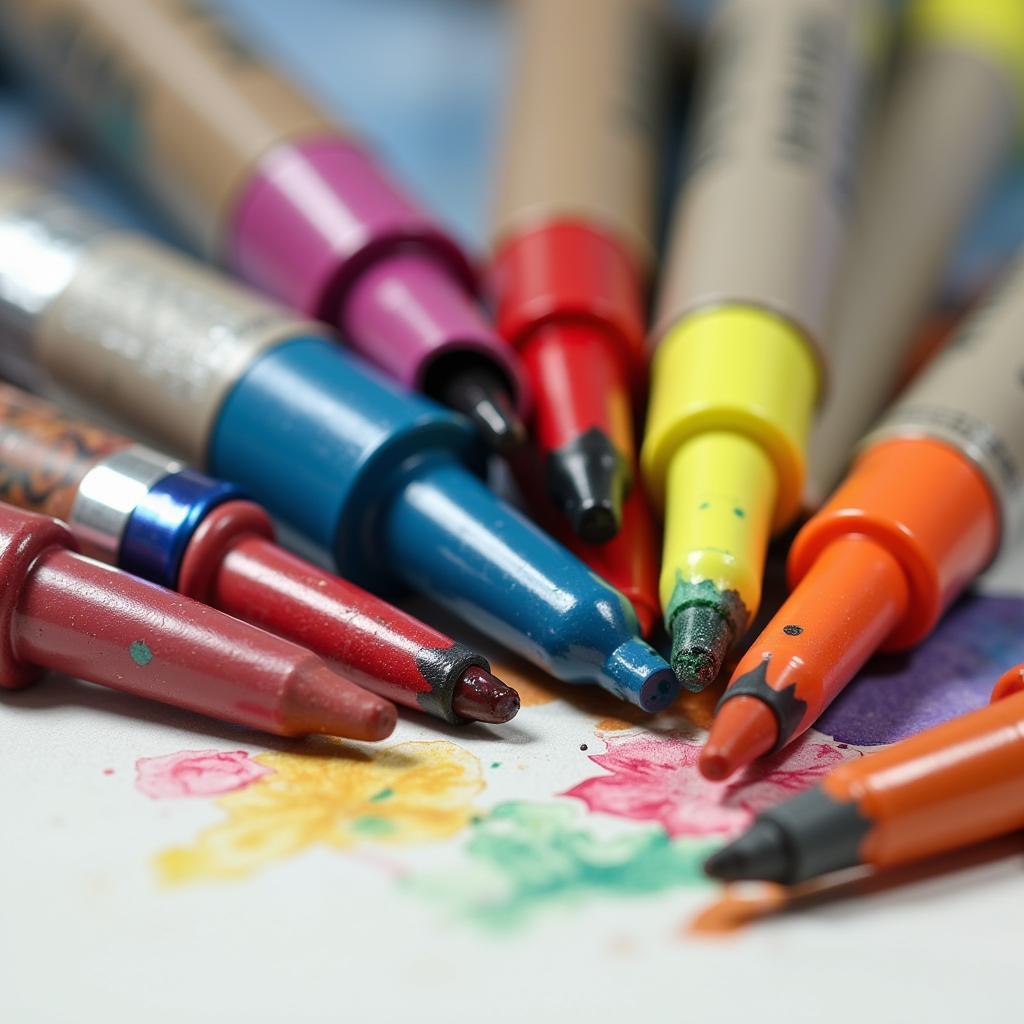 Watercolor Art Pens for Beginners
Watercolor Art Pens for Beginners
What are Watercolor Art Pens?
Watercolor art pens, also known as water-soluble marker pens, bridge the gap between drawing and painting. They contain water-based ink that reacts with water, creating beautiful watercolor effects. Unlike traditional watercolor paints, these pens offer convenience and portability, making them perfect for on-the-go artists and beginners.
The Allure of Watercolor Art Pens
Why are watercolor art pens gaining popularity among artists of all levels?
- Versatility: They can be used for various artistic styles, from sketching and doodling to calligraphy, illustration, and even mixed media projects.
- Control and Precision: The pen-like design allows for detailed work and fine lines, which can be challenging to achieve with traditional watercolor brushes.
- Convenience: No need for messy palettes, water jars, or brushes. Watercolor art pens are self-contained and ready to use anytime, anywhere.
- Blendability: The inks blend seamlessly, creating smooth transitions and stunning gradients. Experiment with different colors to achieve unique hues and shades.
- Forgiving Nature: Mistakes can be easily lifted or blended, making them a great option for beginners who are still developing their watercolor techniques.
Essential Techniques for Watercolor Art Pens
Mastering a few basic techniques can significantly enhance your watercolor pen art:
1. Layering: Start with light colors and gradually layer darker shades to build depth and dimension. Allow each layer to dry before applying the next to prevent colors from becoming muddy.
2. Blending: While the ink is still wet, use a water brush or a damp paintbrush to blend colors together, creating smooth transitions and gradients. Experiment with different brushstrokes to achieve various effects.
3. Lifting: To lighten areas or create highlights, use a clean, damp brush to lift away some of the color. This technique works best when the ink is still wet.
4. Creating Textures: Explore different textures by using a dry brush on dry paper to create a scratchy effect or by splattering water droplets onto wet ink for a more abstract look.
Unleash Your Creativity: Project Ideas
Ready to dive into the world of watercolor art pens? Here are some inspiring project ideas to get you started:
- Nature Journaling: Document the beauty of nature by sketching flowers, leaves, and landscapes with vibrant watercolor pen washes.
- Travel Sketchbook: Capture the essence of your travels by creating quick sketches of landmarks, cityscapes, and memorable moments.
- Mandala Art: The precision of watercolor art pens makes them ideal for creating intricate mandala patterns. Experiment with different color combinations and gradients.
- Hand-Lettering and Calligraphy: Add a touch of elegance to your lettering projects by incorporating watercolor effects into your calligraphy strokes.
- Custom Greeting Cards: Create unique and personalized greeting cards for special occasions using watercolor art pens to add a personal touch.
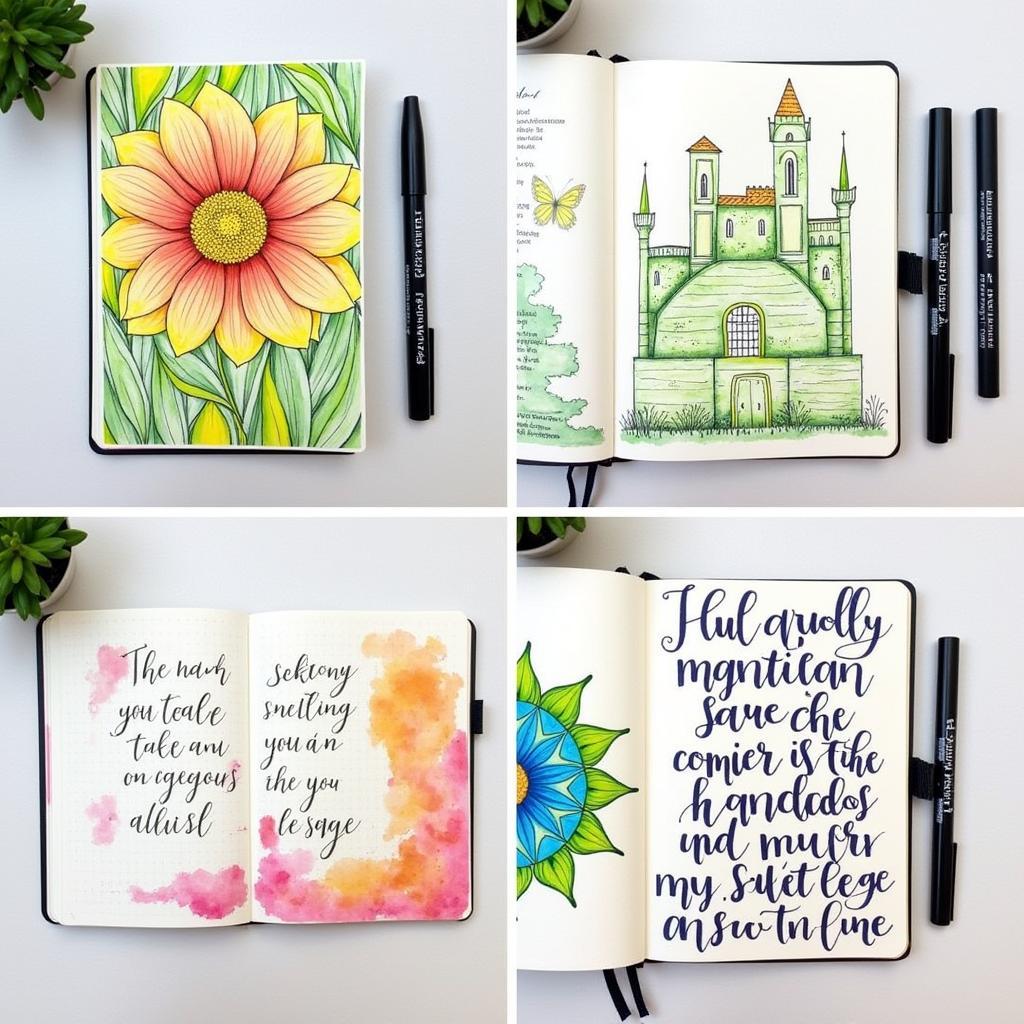 Creative Watercolor Pen Projects
Creative Watercolor Pen Projects
Conclusion
Watercolor art pens offer a world of creative possibilities for artists of all levels. Their versatility, convenience, and unique effects make them an exciting and rewarding medium to explore. Whether you’re a beginner or a seasoned artist, embrace the fluidity of watercolor and the precision of pen and ink to unlock your artistic potential and bring your creative visions to life.
FAQs
1. Are watercolor art pens different from regular markers?
Yes, watercolor art pens contain water-soluble ink that allows you to create watercolor effects. Regular markers typically have alcohol-based ink, which is not water-reactive.
2. What kind of paper is best for watercolor art pens?
Watercolor paper is ideal as it’s designed to handle water-based media without buckling or warping. Mixed media paper or thicker drawing paper can also be suitable options.
3. Can I mix colors directly on the paper?
Yes, you can blend colors directly on the paper while the ink is still wet. Overlaying different colors can also create interesting effects.
4. How do I prevent watercolor art pens from drying out?
Always ensure the caps are securely closed after each use. Storing them horizontally can also help to distribute the ink evenly.
5. Where can I find inspiration for watercolor pen art?
Explore online art communities, social media platforms, and art books for inspiration. Don’t be afraid to experiment and develop your unique style!
Need Help?
For more tips and tricks on using art paint pens or to discover a fantastic selection of cool art supplies for tweens, browse our website or visit our store. Our team is always here to assist you with any questions or concerns. Contact us at 02462573573 or email us at danteum@gmail.com. You can also visit us at Savico Megamall, 7-9 Đ. Nguyễn Văn Linh, Gia Thụy, Long Biên, Hà Nội 10000, Việt Nam. We have a dedicated customer support team available 24/7.
